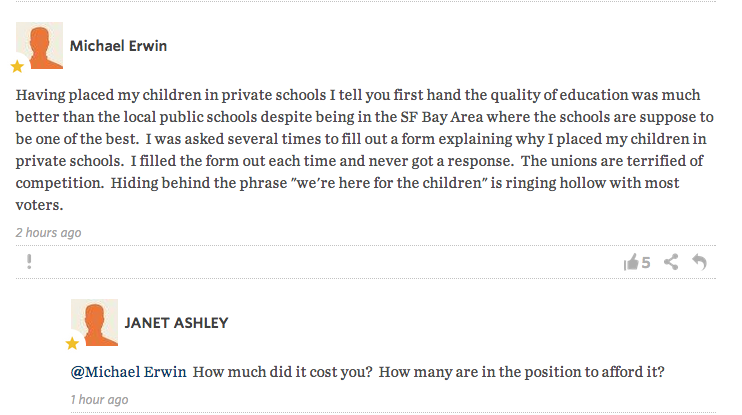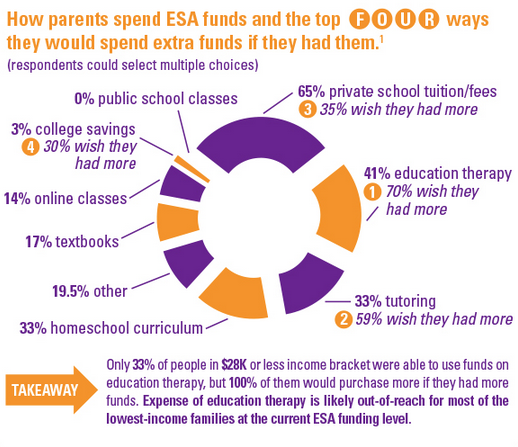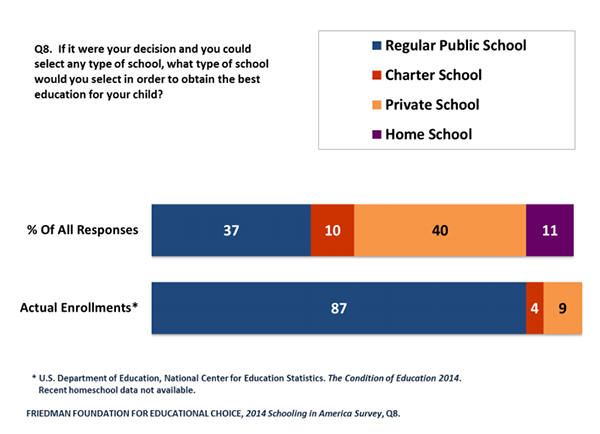Friday Freakout: What Teachers’ Unions Aren’t Telling Their Supporters
In “Teachers Unions Flunked Their Midterms,” The Wall Street Journal chronicled how education reform issues played out in this year’s midterm elections. Today’s freakout comes from that story’s comments, where many parents shared their educational experiences and opinions.

Janet Ashley, whose other comments show she supports teachers’ union positions, asked the second question education reformers posed long ago. The answer? Not many.
But that’s exactly what school choice vouchers, tax-credit scholarships, and education savings accounts (ESAs) do. They make private services more affordable for the majority of people who can’t afford several thousand dollars for learning services outside traditional public schools.
That’s not to say school choice is a cure-all for every family’s financial woes. Sometimes voucher amounts aren’t enough for people to afford the options they know are best for their children. And, yes, it’s possible per-pupil education funding amounts sometimes might not be enough.
For instance, Arizona parents using ESAs receive only a fraction (about 90 percent) of the state per-pupil education funds their public school counterparts receive—local and federal funds do not follow their children. In a recent survey, ESA parents said if they were to receive higher ESA funding amounts, they would spend those additional funds largely on education therapies, tutoring, private school tuition/fees, and savings for college.

Because current Arizona ESA amounts still don’t cover all the services the 76 percent say they need to best educate their kids, it’s unsurprising many parents are not in a position to afford anything but their zoned public school.
But that shouldn’t be a reason to repeal school choice. Rather, it shows the need to give all parents full access to their children’s public education funding.
The research suggests the number of people who want that is large:

Doug Tuthill, a former union leader for the American Federation of Teachers and the National Education Association, said it best:
This willingness to participate in open, honest dialogue will be much harder for teachers’ union leaders than for school choice leaders. Union leaders have so misled themselves and their members about the motivations of parents and school choice advocates that walking back from much of their rhetoric will be politically difficult. Nonetheless, if they want to survive, they’ll need to find their way to the school choice negotiating table.
The technical, political, economic, and psychological forces driving the school choice movement are only going to accelerate moving forward. This transformation in public education is inevitable. What’s unclear is what role teachers’ unions will play in the future. I’m convinced a post-industrial teacher unionism can and should play a vital role, but that will require union leaders having the vision and courage to have some difficult conversations with each other and their members.
Unions may have “flunked the midterms.” But they still have a chance to get school choice right. Time to study up.




